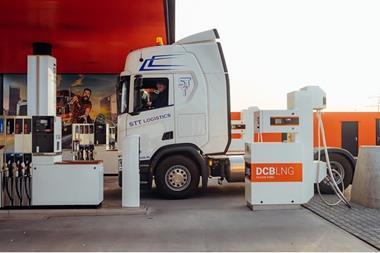Changing expectations of supply amid continued strong demand pushed oil prices first down then up again in June, with Ice Brent futures ending June at $77.85/bl.
Opec and its partners have been overachieving their agreed output cuts, and on June 22 agreed to reign in their over-compliance. In effect this means that they are likely to raise output by 500,000-1mn b/d this summer. While this brought prices down at first, they quickly rallied again when political clashes in Libya threatened to disrupt its oil exports and Venezuela whose oil industry is in disarray failed to restart a heavy crude upgrader in late June. Preparations for upcoming US sanctions that threaten Iranian crude exports from November fanned the flames.
Motorists in the UK are facing the highest prices since 2014. They do not tend to adjust their consumption to prices, but it is a different story in the US. It looks likely that higher outright prices are keeping US gasoline demand down. Preliminary numbers show a year-on-year drop in US gasoline consumption of some 200,000 b/d in June, and US gasoline stocks have risen unseasonably from May.
This has reduced the number of spot gasoline cargoes going transatlantic from ARA, with spot fixtures in June one-quarter down from May. The reduced outlet has helped keep gasoline crack spreads narrow at $10.40/bl in June, down by more than $3/bl from a year earlier. By contrast, refining margins for diesel remain strong at $14.60/bl in June on average, over $4/bl wider than last year. Strong demand in Europe continues to encourage refiners to maximise the product, despite high imports from east of Suez and Russia in June. Latin American markets have been absorbing more diesel from the US, reducing supply to Europe.
Even if gasoline consumption falls in the US, its impact on underlying prices is likely to be weak, because it is strong diesel consumption, driven by economic growth, that is dominating oil demand. The market’s jumpy reaction to potential crude disruptions underscores how tight the market is, keeping prices at the pump up despite Opec’s planned output increase.

































No comments yet